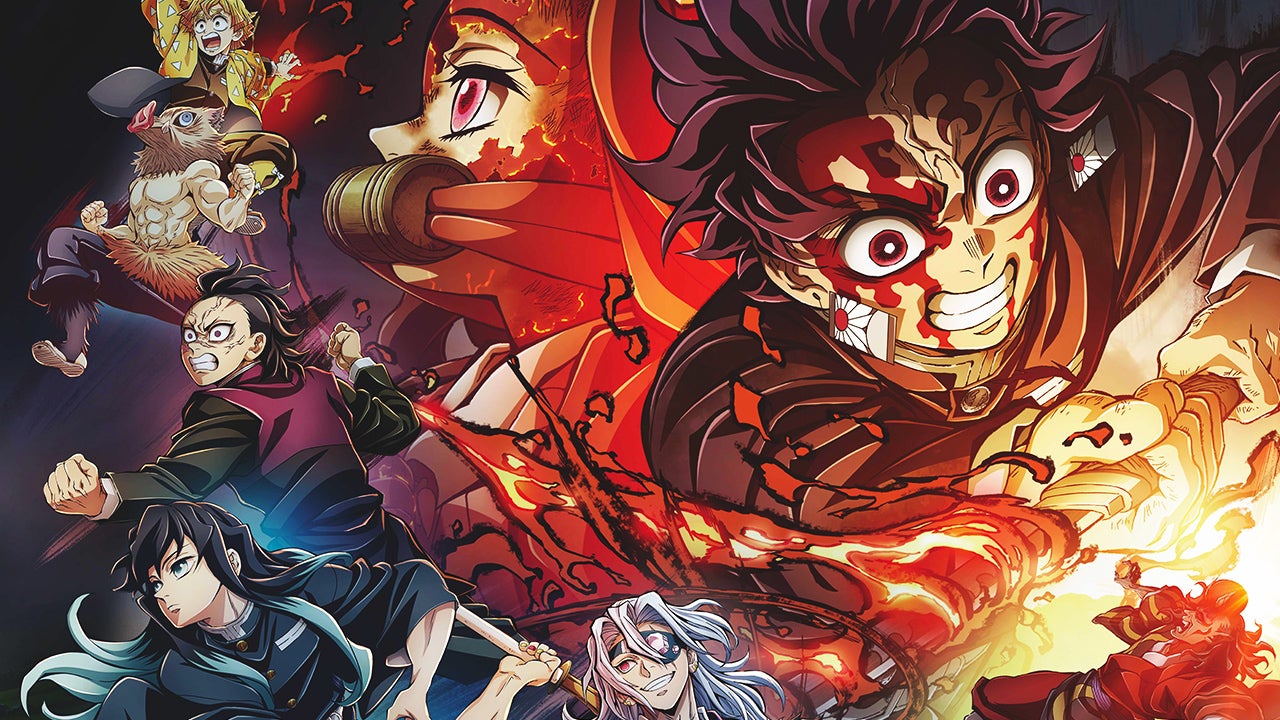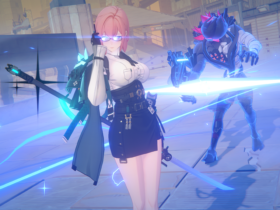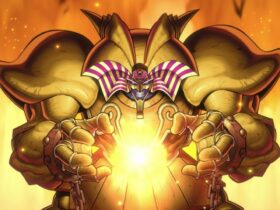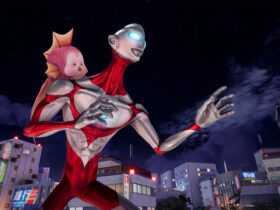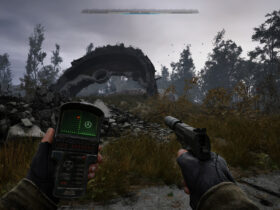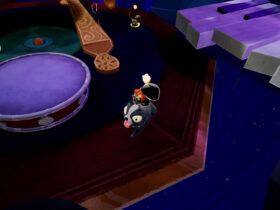The decisive battle between humans and demons looms in the shadow of an apparent calm. Amid blades swirling in time with breaths and mysteries to unravel, the hunters train to bravely face their fate. Demon Slayer: The Training of the Pillars is available exclusively on Crunchyroll in the original subtitled version. The anime, produced as always by the studio Ufotable, is based on the manga by Koyoharu Gotōge, serialized in Shūeisha’s Weekly Shōnen Jump magazine from February 2016 to May 2020. This fourth season, aired between May 11 and June 30, will be the last of the series, as the concluding saga of the work, The Infinite Castle, will be adapted into a trilogy of films. The animated version of the training arc of the Pillars consists of only 8 episodes, two of which – the first and the last – are in a special dubbed version. However, the initial episode is not new, as it is the second part of the film Kimetsu no yaiba – Demon Slayer: Towards the Training of the Pillars, released in theaters last February.
The final battle against the demons is near. Kibutsuji Muzan has discovered that Nezuko has become immune to sunlight, and, eager for the power gained by the young girl, sets out in search of her to appropriate it. Aware of the danger, Tanjiro and the demon hunters train hard under the guidance of the Pillars. Amid intrigues and twists, many prepare to challenge fate to defeat the demons and protect those they love.
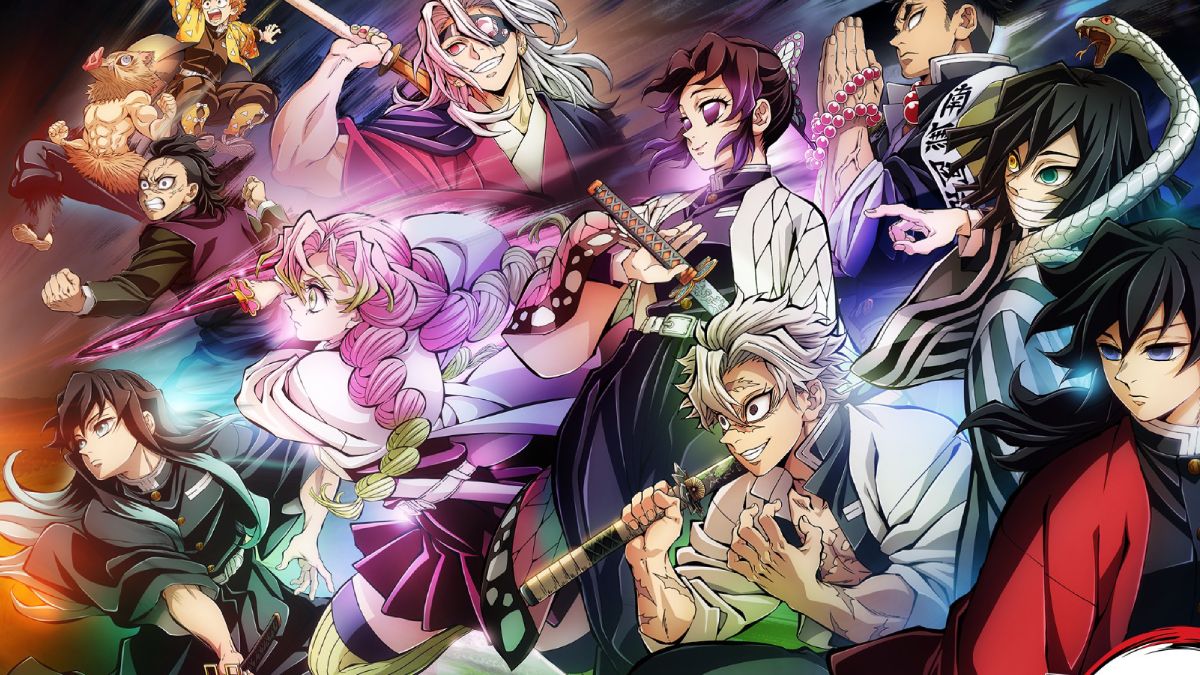
Brief and focused, Demon Slayer: The Training of the Pillars is a transitional narrative arc, but extremely important and preparatory for the final act. In following Tanjiro’s training, we discover the stories of some supporting characters, only to be projected, in the finale, into the prologue of the final confrontation. A deepening that allows us to know, from other perspectives, certain characters and their interpersonal relationships, enriching the already complex characterization of the protagonists of Demon Slayer. In particular, the Pillars and the family head, of which we are shown new or more introspective aspects, albeit assessed in a non-equitable manner, dedicating different spaces and times to the various Hashira and their respective training. An exploration that continues on other issues concerning the world of Kimetsu no Yaiba, which are no less interesting or superfluous. Good narrative resources for an average saga, always characterized by critical points in serial works, even more so if they are tendentially lacking in action like in this case. However, this potential was not fully exploited. The plot, while following a specific temporal linearity, is partially disorganized, not perfectly cohesive. This flaw is primarily a consequence of the need to adapt and dilute a few chapters of the manga, with a rapid succession, into an entire animated season. Although effort was made to limit the damage by reducing the number of episodes, it was still necessary to lengthen some parts, losing rhythm and homogeneity. A flaw that seems glaring in the first episode, which already lacks novelty, at least for those who have seen the last film in theaters. Forty-eight minutes in which important sequences follow each other, but are partially disjointed, almost uncoordinated, some of which are, moreover, sneak peeks of this same season. Discontinuity is also found, though less pronounced, in the continuation of the story, which, however, delineates and appears less confusing.
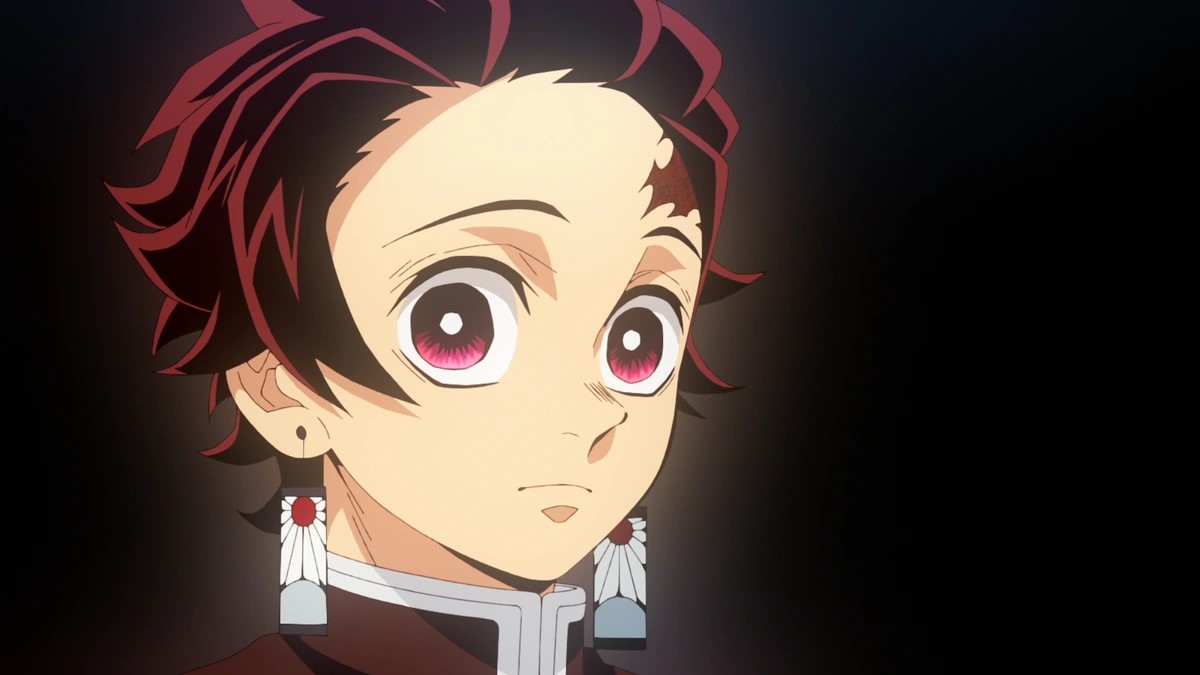
The narration, however, while fragmented, is overall quite smooth, with a somewhat flat pace, but not tedious. This continues until the spectacular final episode, in which the rhythm increases, in a strong crescendo reaching its peak right at the cliffhanger at its end. An impressive last episode, where we can appreciate both the interesting directorial ideas of Haruo Sotozaki and the very high technical quality of the anime, now a distinctive and characteristic element of the series. Demon Slayer: The Training of the Pillars, like the other seasons and films, is produced with an excellent combination of traditional and digital animation, the latter at times predominant, but never transcending the visual balance of the sequences. The accurate and meticulous graphics, featuring Akira Matsushima as the head of the character design, highlight the author’s style, Gotōge, enhancing her peculiar touch. Extremely fluid movements, with a coherent and harmonious flow, characterize the scenic animations. No less important are the sounds and the soundtrack, the latter composed by Gō Shiina and Yuki Kajiura, which blend well with the context, enhancing the emotional component. The visual and sound elements harmoniously create an extraordinary audiovisual eurythmy.
Demon Slayer: The Training of the Pillars is a partial demonstration that a transitional narrative arc, if well managed, can transform into a saga capable of captivating the viewer. Although this endeavor has not been fully successful, this fourth and final season of the anime is overall enjoyable. A launchpad for the future trilogy of films, despite some flaws, allows us to delve into aspects and stories of some supporting characters. The redemption, however, lies in the impressive final episode, where the superb technical quality and Sotozaki’s direction shape a phantasmagoric audiovisual carousel, a prelude to a conclusion that we expect to be no less superlative.


